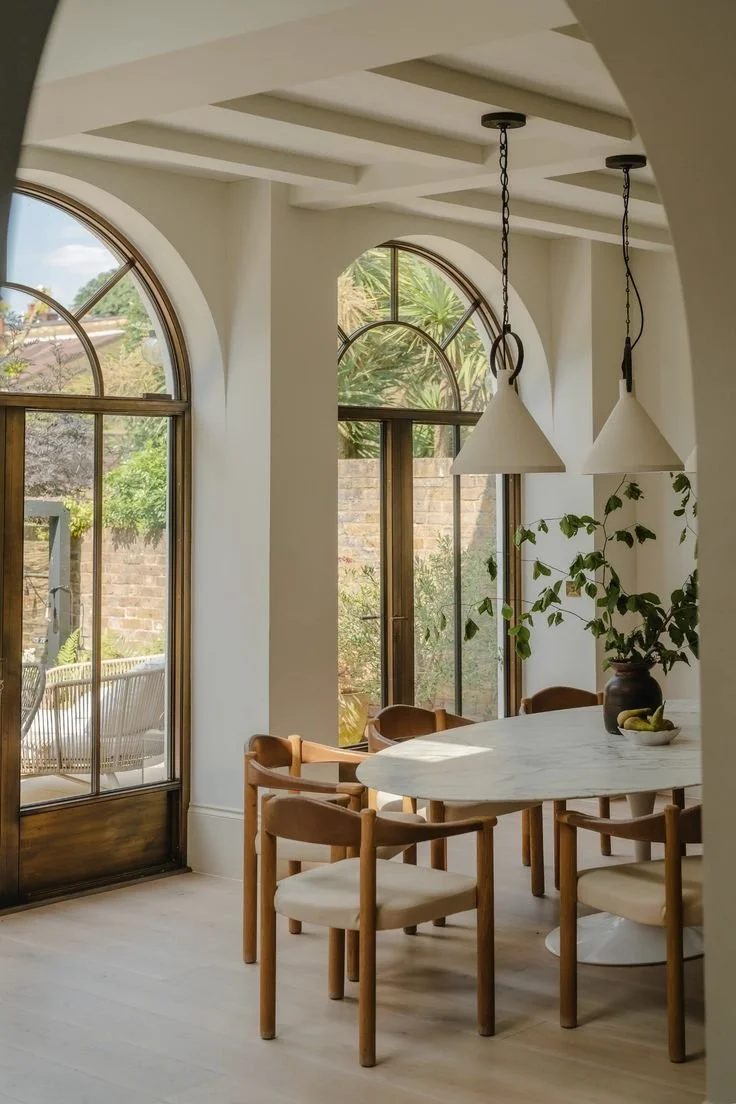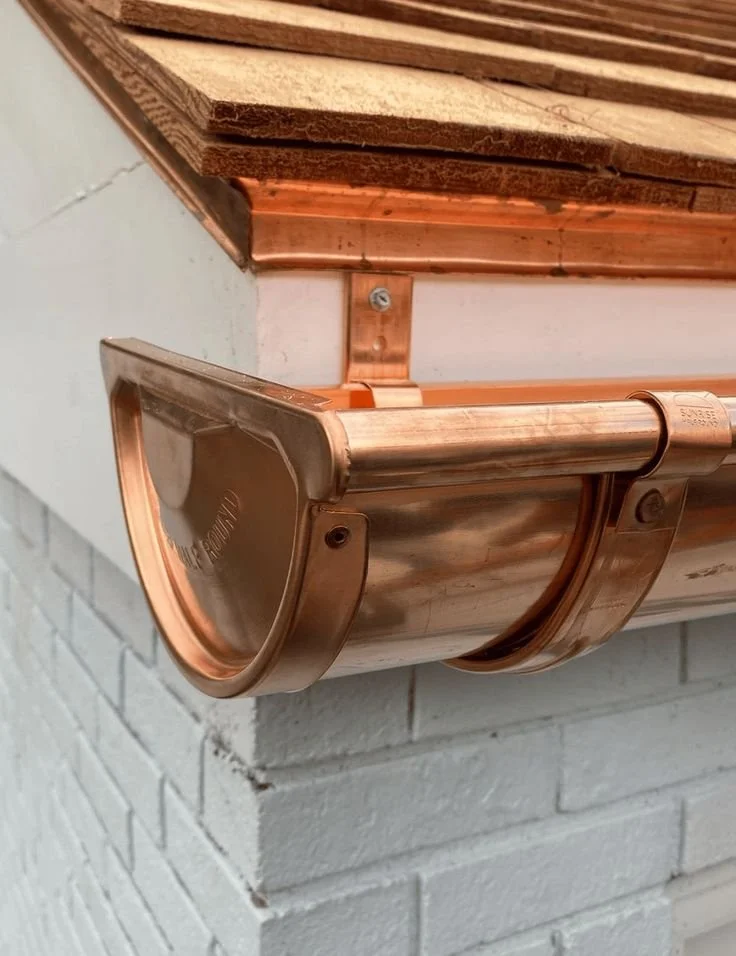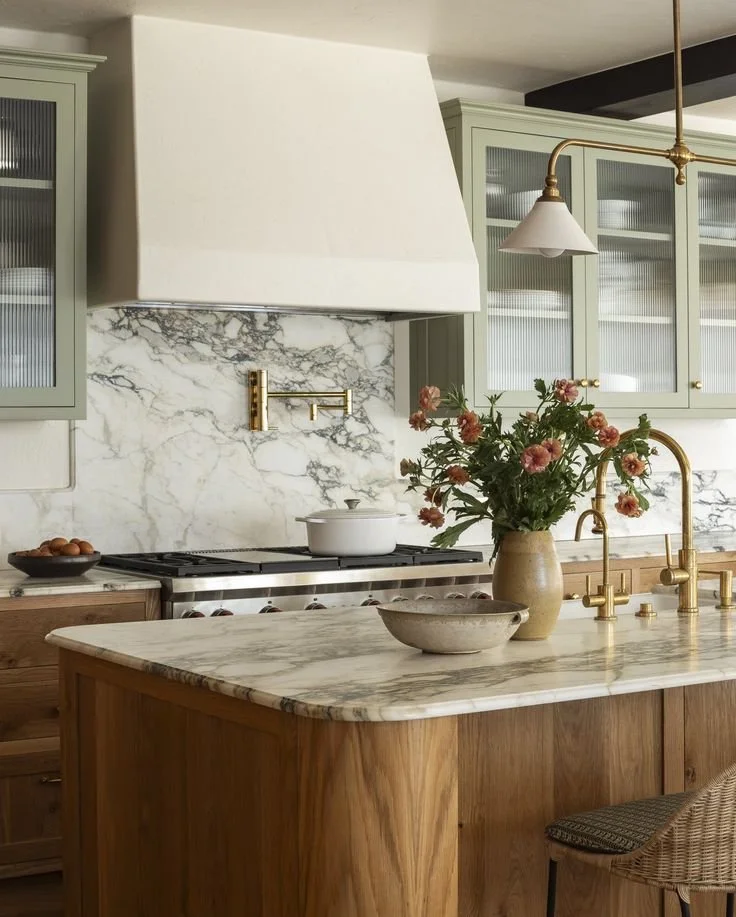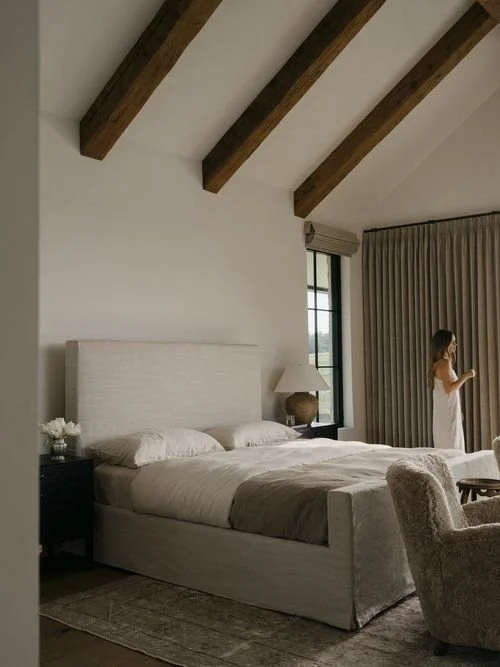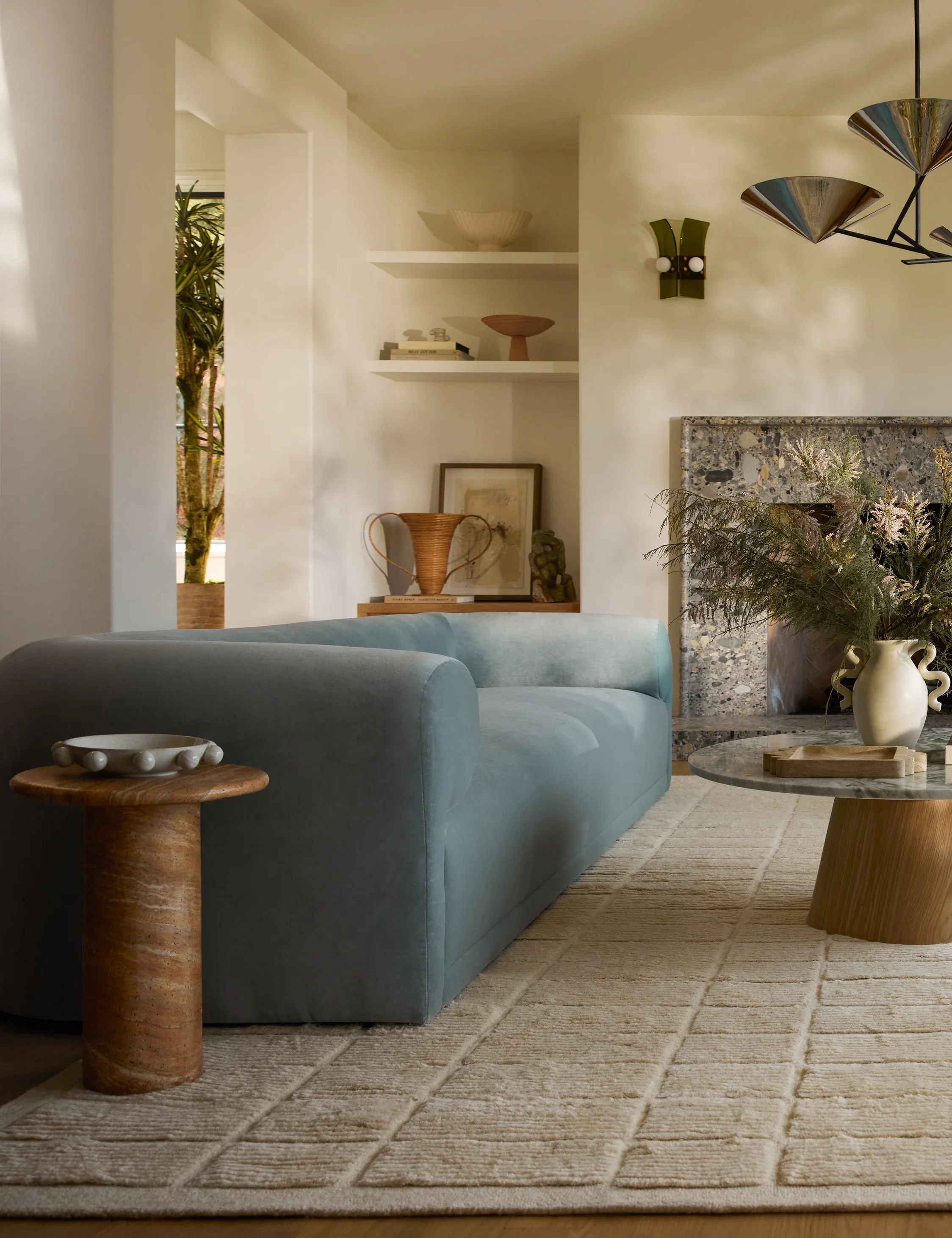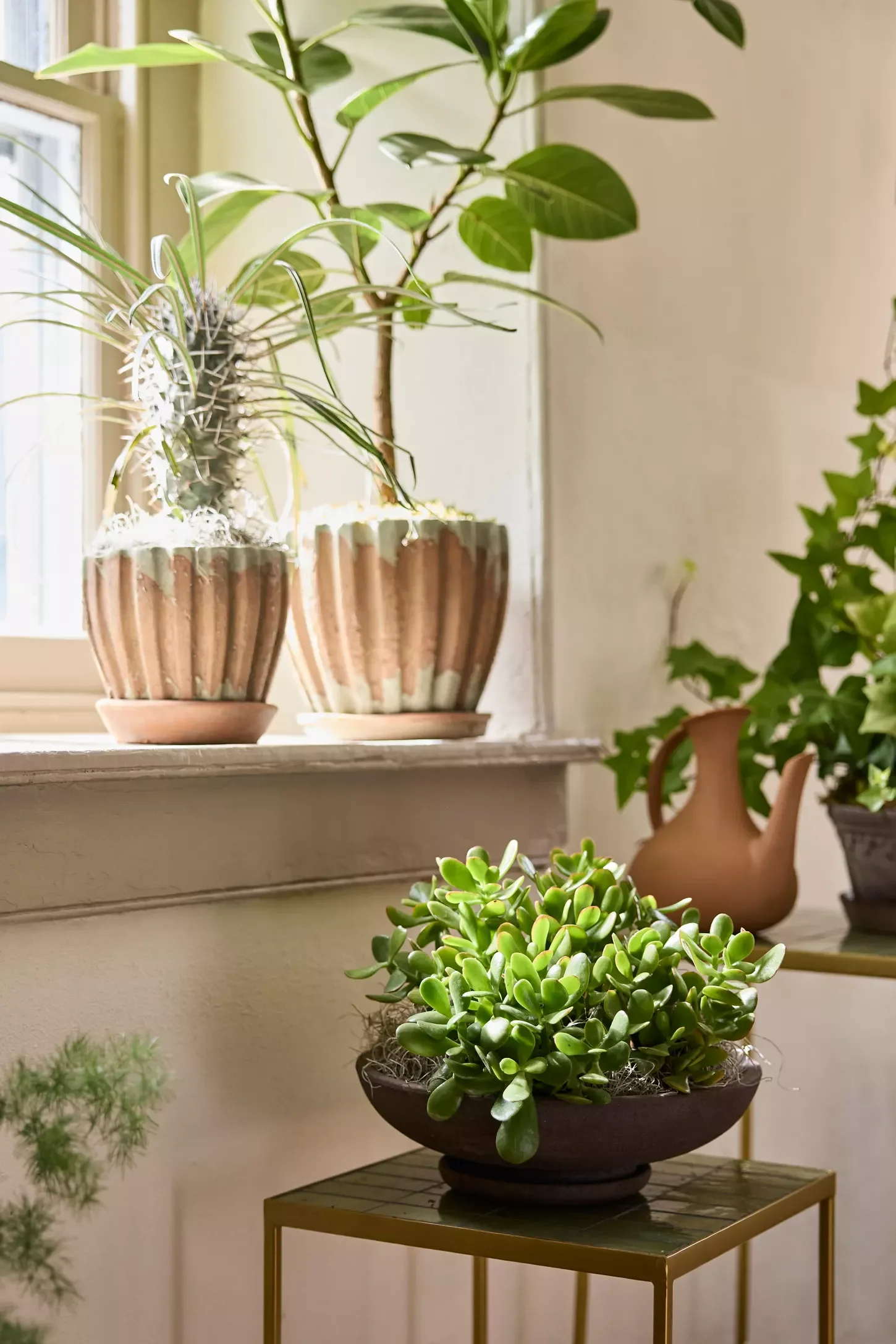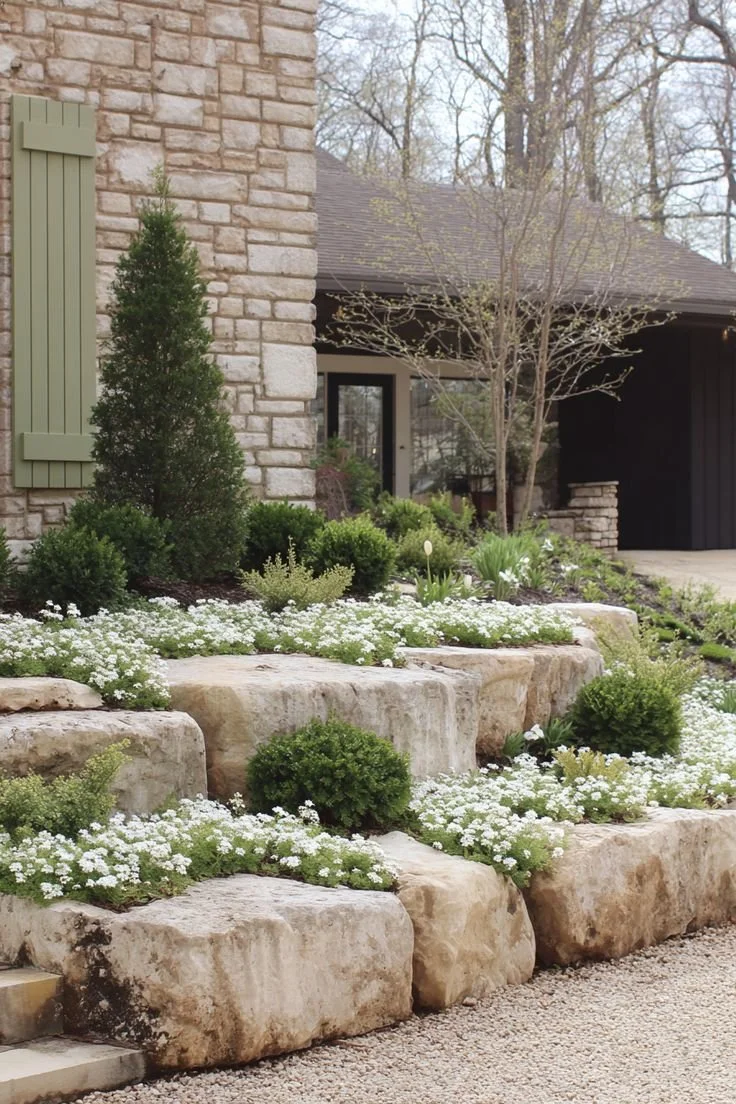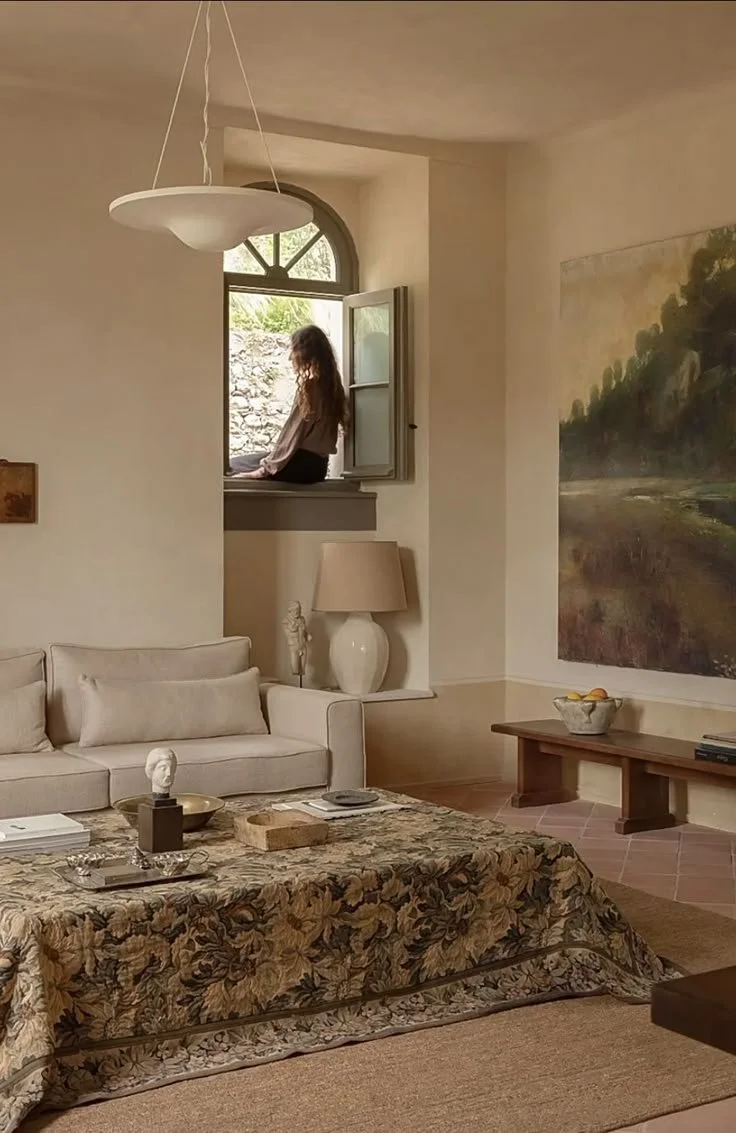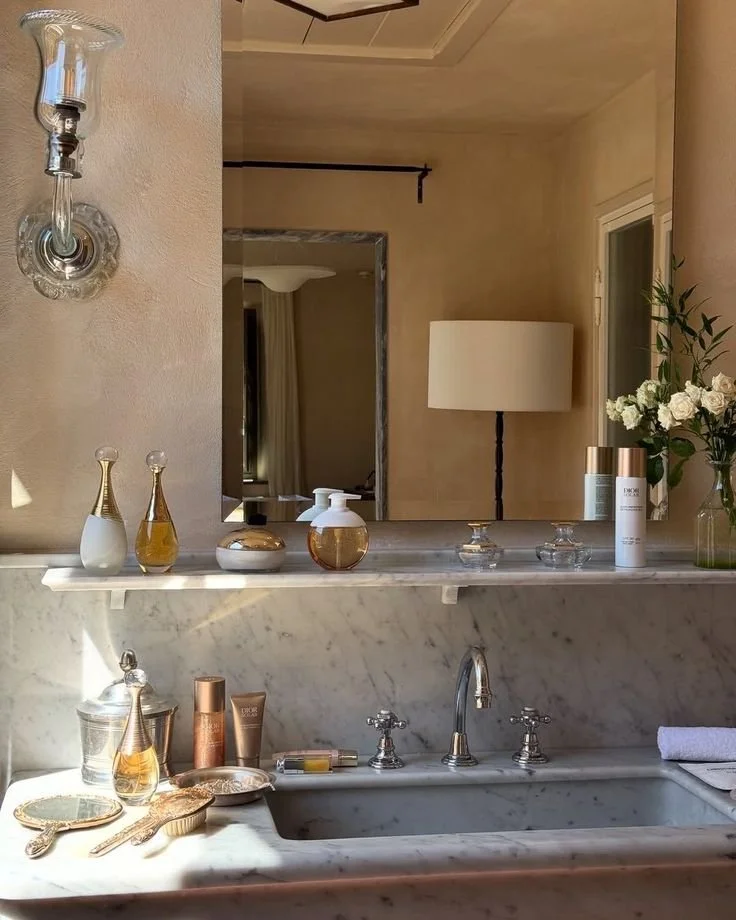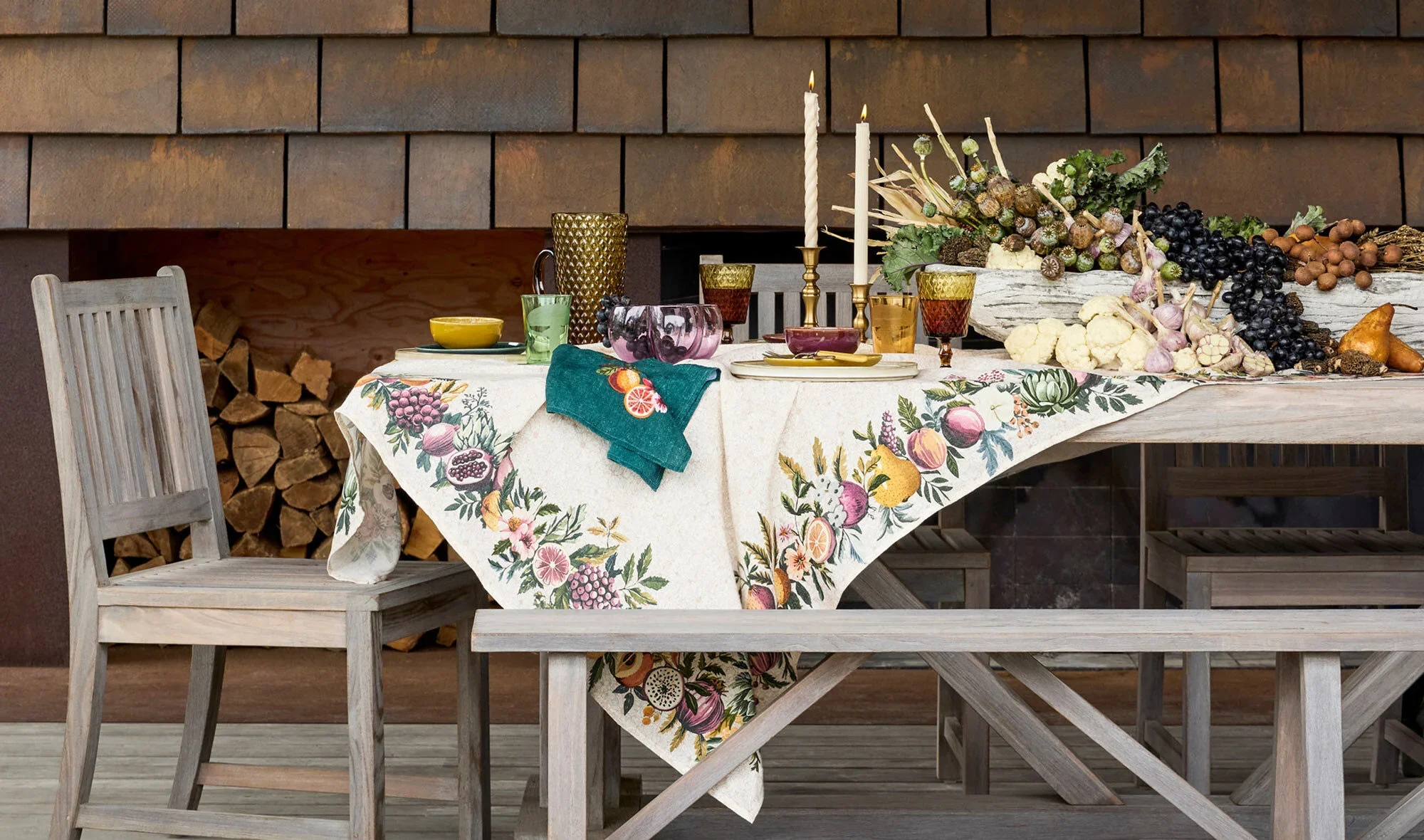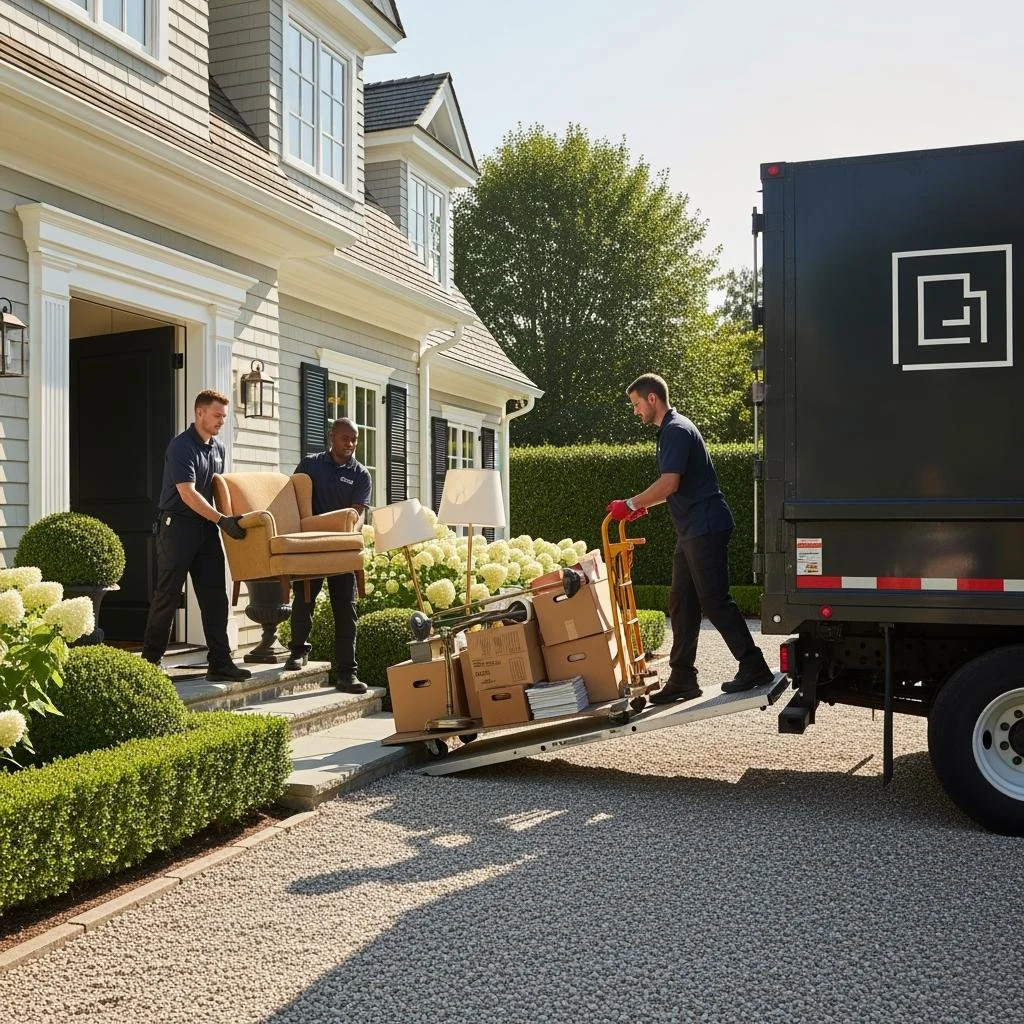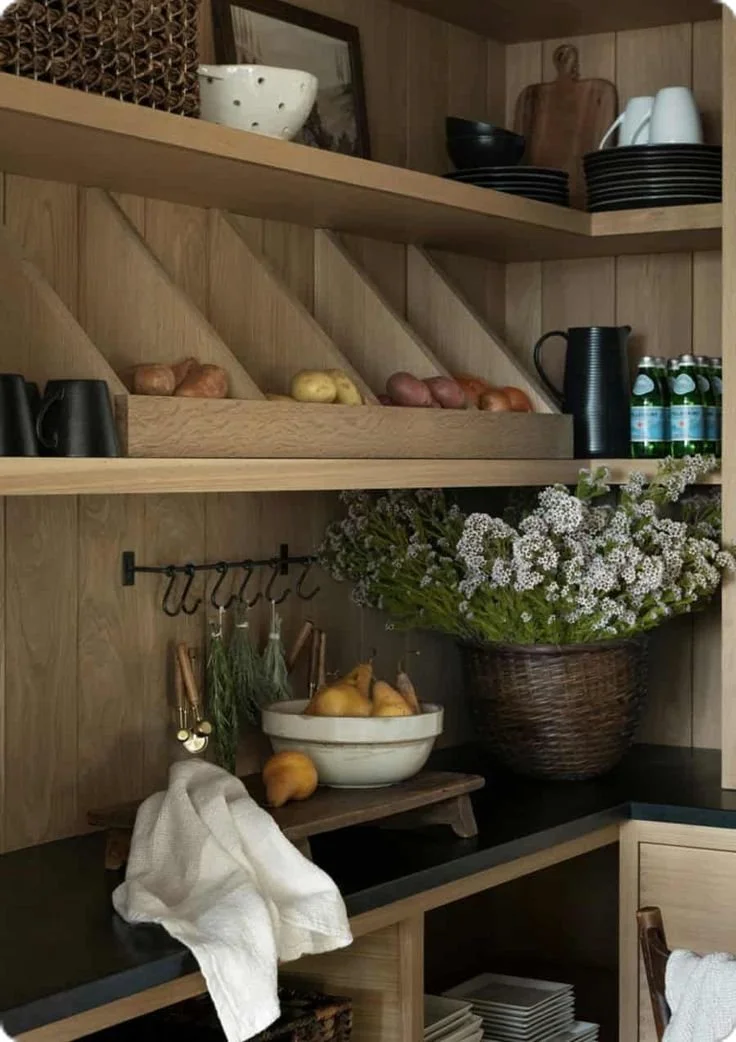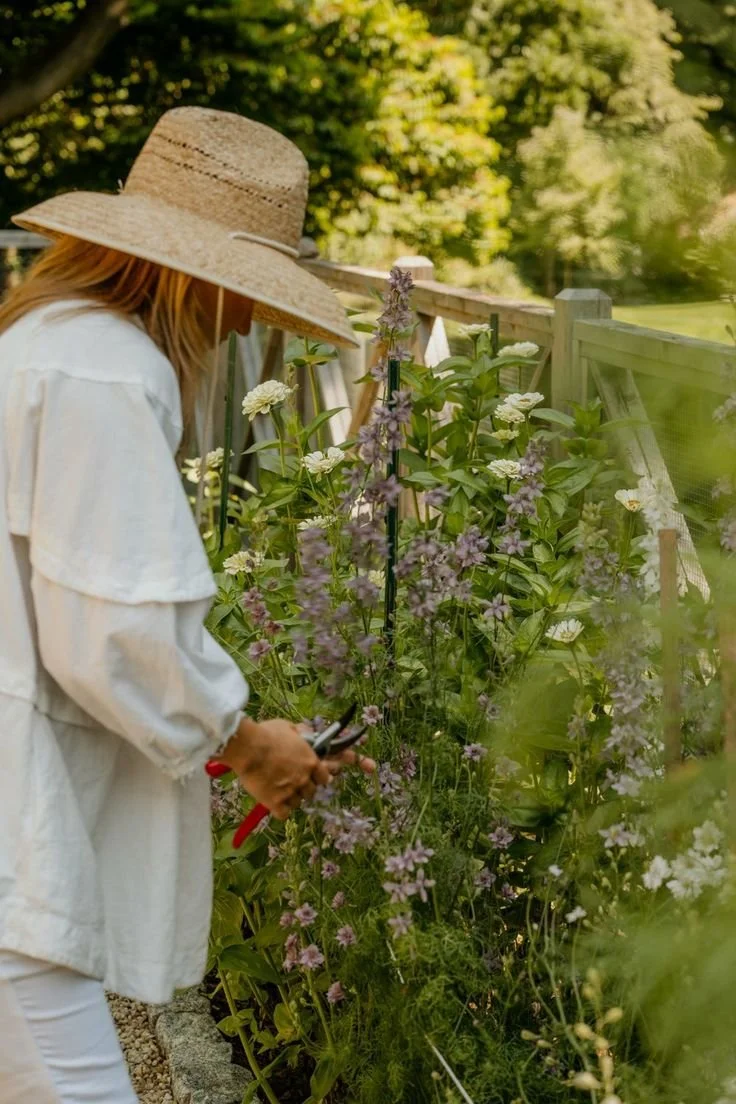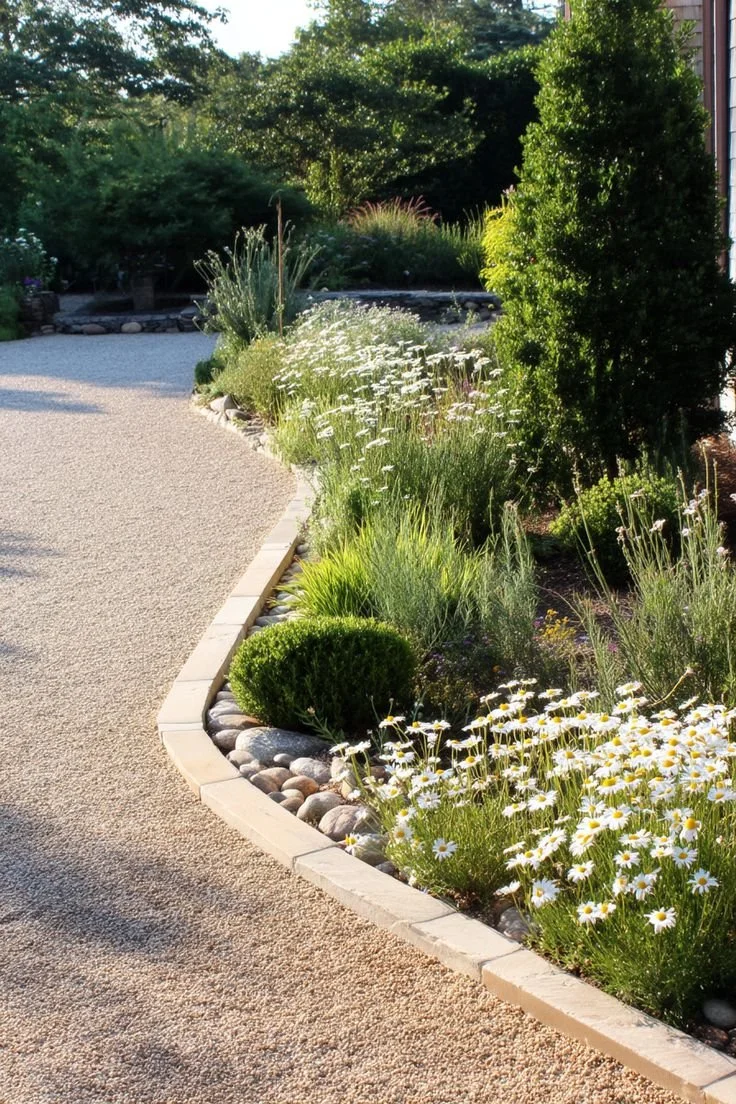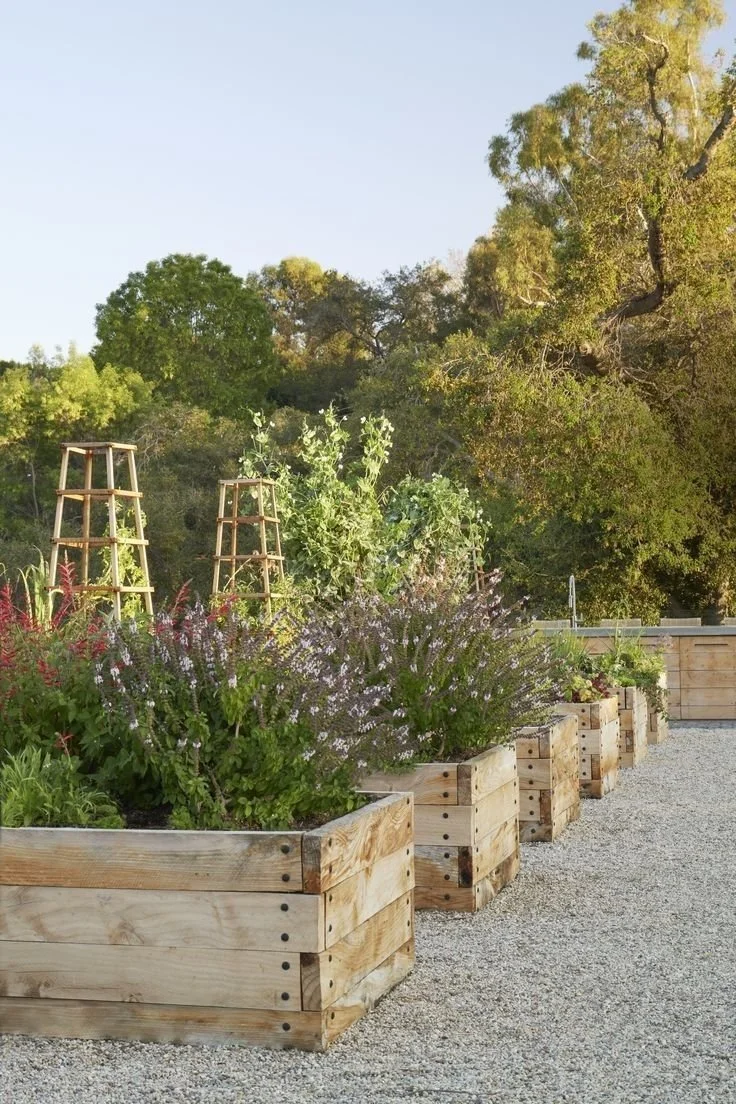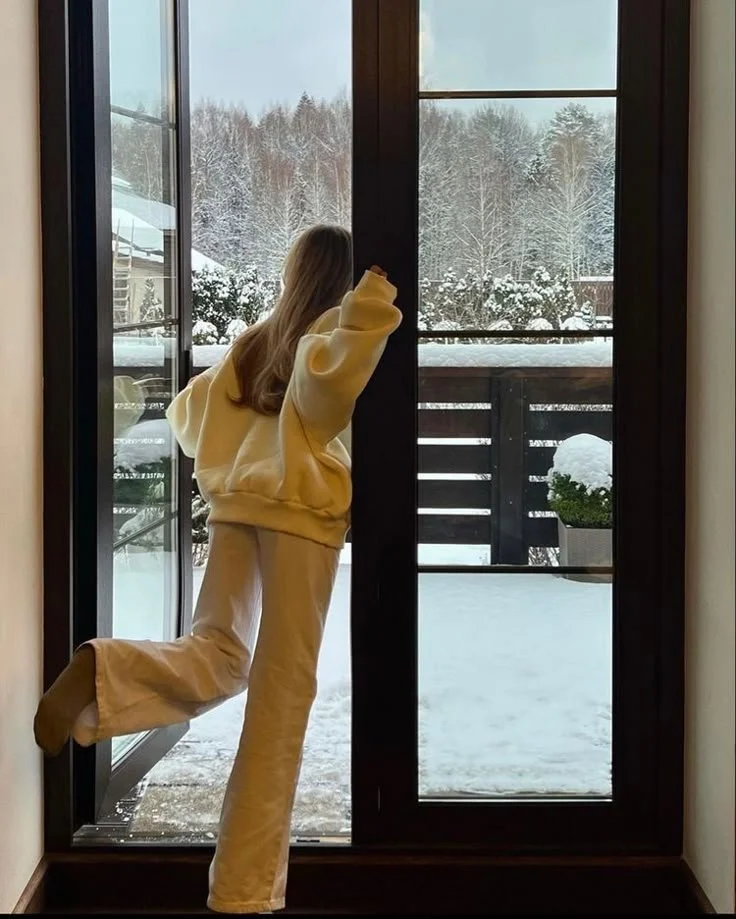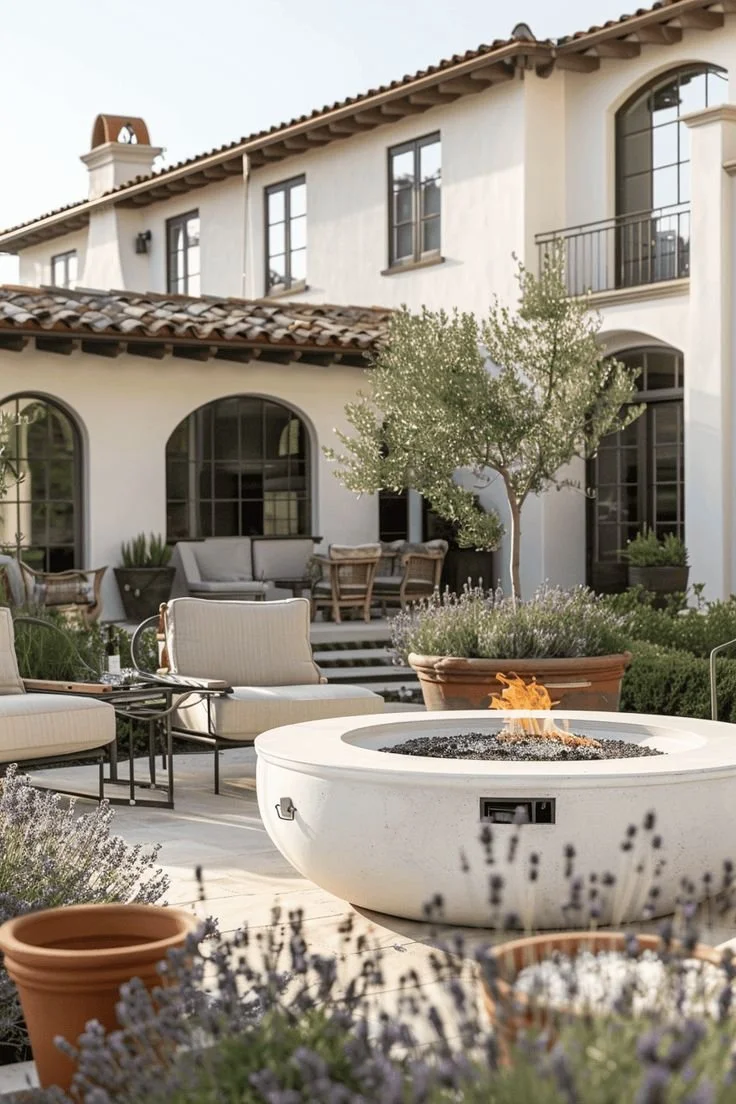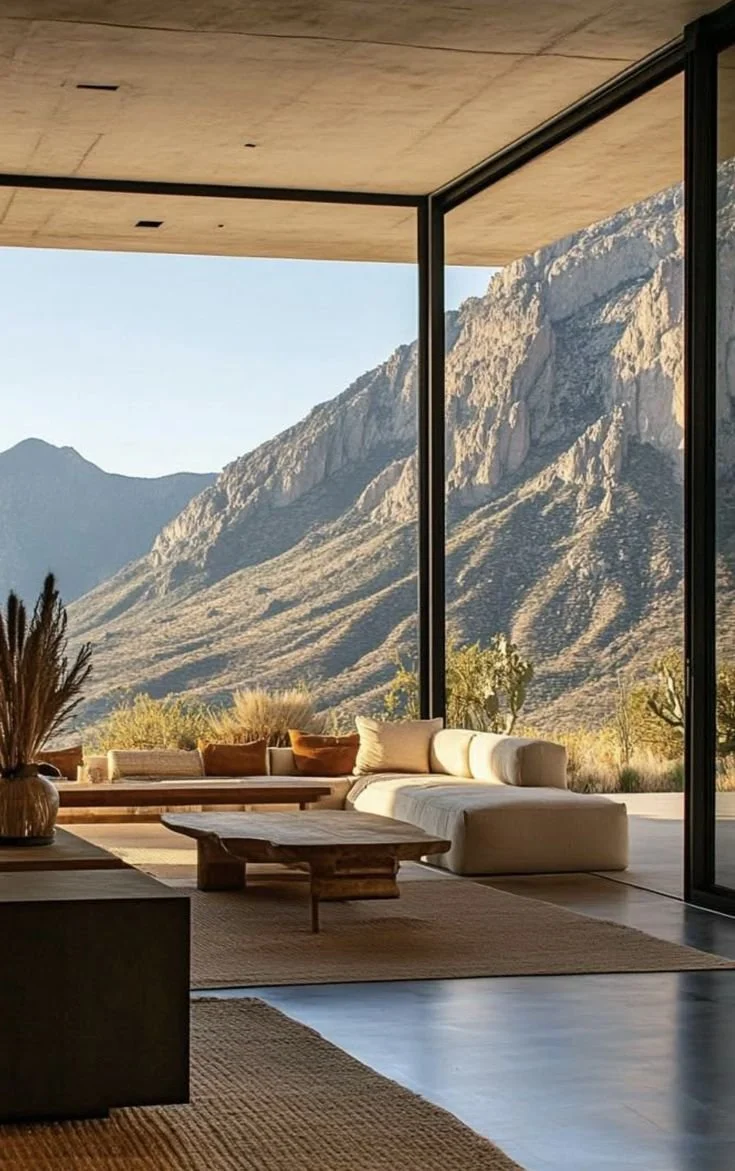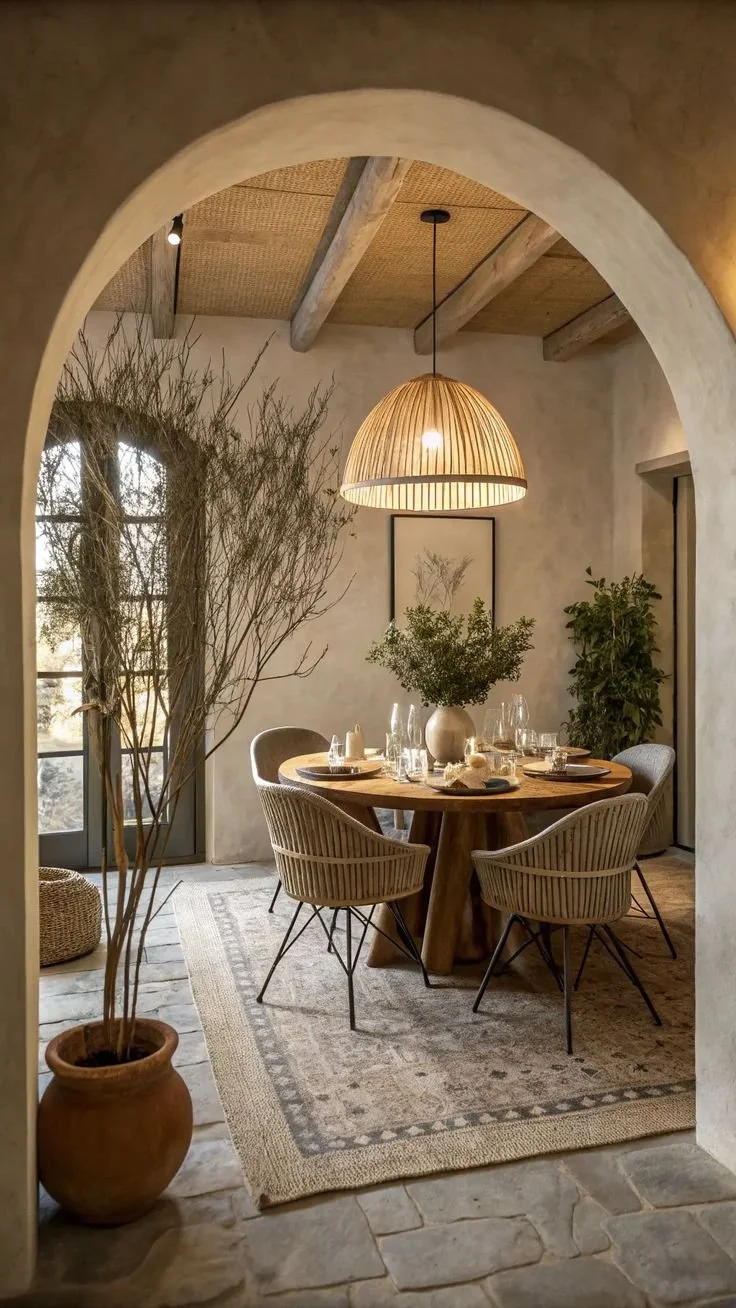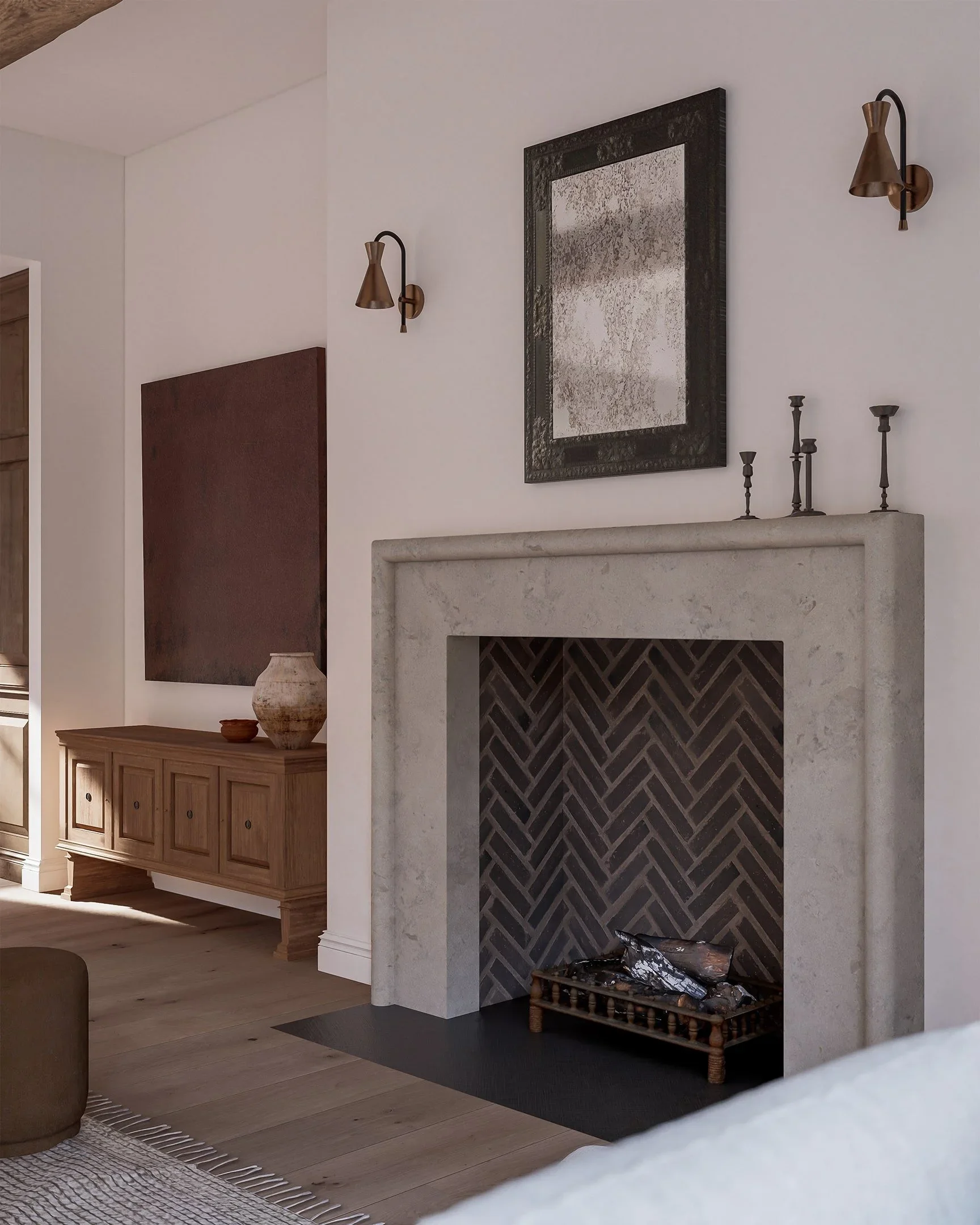From Worn To Wonderful: How To Renovate An Aging Home The Right Way
Whether you’ve just purchased a charming older home or have been living in the same space for decades, chances are your property could benefit from a well-planned refresh. In cities like Portland—where over 26% of homes were built before 1940—the signs of aging go far beyond cosmetic wear. Outdated plumbing, inefficient layouts, and aging roofs are common issues that can affect both comfort and safety.
Renovating an older home isn’t just about aesthetics; it’s about preserving character while upgrading functionality and energy efficiency. But where should you begin? What should take priority, and what can wait? This guide outlines the essential steps to help you transform your home from worn to wonderful—without losing its soul.
No. 1
Start with a Full Home Inspection
Before diving into any renovation project, a comprehensive home inspection is crucial. A licensed inspector can uncover hidden issues such as structural weaknesses, mold, pests, and outdated systems that could derail your plans.
With a detailed inspection report in hand, you can:
Identify urgent repairs
Create a realistic renovation timeline
Allocate your budget based on actual needs
This foundational step ensures your renovation is built on knowledge—not guesswork.
No. 2
Don’t Skimp on Roof Replacement
In a city like Portland, where rain is a regular guest, a durable roof is non-negotiable. If your roof is over 20 years old or showing signs of wear—like missing shingles, sagging, or water stains—it may be time for a full replacement.
Modern roofing materials offer:
Improved insulation
Enhanced energy efficiency
Greater durability
A new roof not only protects your home but also boosts property value and lowers energy costs. Partnering with a trusted Portland roof replacement company is essential—especially one experienced in working with older homes to preserve their structural integrity.
No. 3
Upgrade Outdated Electrical Systems
Old wiring and limited outlets are common in historic homes. If you’re experiencing blown fuses or flickering lights, your electrical system likely isn’t equipped to handle modern demands.
Upgrading your electrical system can:
Prevent fire hazards
Support modern appliances and devices
Improve overall safety and convenience
This is not a DIY project. Always hire a licensed electrician to ensure the work is up to code and built to last.
Rejuvenation
Bring your dream space to life with Rejuvenation’s free design services!
From lighting to furniture, our experts are here to help you create a home you’ll love.
No. 4
Prioritize Plumbing Improvements
Plumbing systems in older homes often include galvanized steel pipes, which corrode over time.
This can lead to:
Low water pressure
Leaks
Discolored water
Replacing old pipes with copper or PEX improves water quality and flow. It’s also a great time to evaluate your water heater and update bathroom and kitchen fixtures. While not glamorous, plumbing upgrades are essential for long-term comfort and home protection.
No. 5
Improve Insulation and Energy Efficiency
Many older homes were built before energy efficiency was a consideration. Poor insulation and drafty windows can lead to high utility bills and inconsistent indoor temperatures.
To improve efficiency:
Add insulation to the attic, walls, and basement
Seal air leaks around windows and doors
Upgrade to double-pane windows
These updates not only enhance comfort but also contribute to long-term energy savings.
No. 6
Restore or Replace Flooring Thoughtfully
Floors in older homes often show their age. Original hardwood may be hidden under carpet or vinyl, and with some care, can be restored to their former glory.
Options include:
Sanding and refinishing hardwood
Replacing damaged flooring with durable materials that match the home’s character
Inspecting and repairing subflooring to prevent creaks and moisture issues
Thoughtful flooring choices enhance both beauty and functionality.
No. 7
Modernize Kitchens Without Losing Character
Kitchen remodels are among the most popular home upgrades—but in older homes, it’s important to strike a balance between modern convenience and historic charm.
Instead of a full gut renovation, consider:
Refacing or repainting existing cabinets
Installing new countertops and tile backsplashes
Updating lighting and hardware
Choosing energy-efficient appliances that match the home’s aesthetic
These smart upgrades improve functionality while preserving the unique character that makes your home special.
No. 8
Refresh Bathrooms for Comfort and Efficiency
Bathrooms in older homes are often small and outdated, but they can still be transformed into comfortable, efficient spaces.
Key upgrades include:
Replacing old plumbing fixtures with modern, water-saving models
Improving ventilation to prevent mold and moisture buildup
Reconfiguring layouts to enhance usability (when space allows)
Even small changes can make a big difference in comfort and utility.
No. 9
Maintain the Exterior and Improve Curb Appeal
The exterior of your home sets the tone for everything inside. Maintaining it not only boosts curb appeal but also protects your investment.
Focus on:
Repairing or replacing damaged siding and trim
Repainting faded surfaces
Updating porch elements, stairs, and railings
Adding outdoor lighting and low-maintenance landscaping
These updates enhance safety, aesthetics, and property value.
Takeaways
Renovating an older home is a rewarding journey that blends preservation with progress. Whether you're addressing critical systems like roofing and wiring or updating kitchens and bathrooms for modern comfort, each step brings you closer to a home that feels both refreshed and rooted in its history.
The process may take time, but with a thoughtful approach and clear priorities, your home can evolve into a space that meets today’s needs while honoring the past. From structural upgrades to aesthetic enhancements, every improvement contributes to a more comfortable, efficient, and beautiful living environment.
So, take that first step—because turning your worn home into something truly wonderful is not only possible, it’s well within reach.
Looking for Home resources?
Looking to enhance your living space and create a sanctuary that supports your well-being? Explore our home partners who offer a wide range of resources to elevate your home environment.


